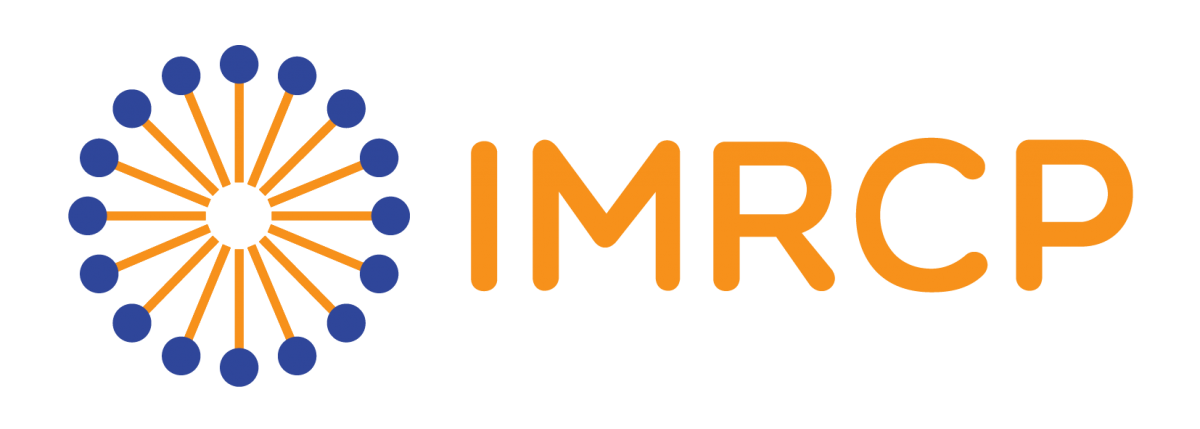NIR-luminescent Nanoplastics to monitor their ability to cross natural biological barriers
CHEMISTRY & GREEN CHEMISTRY

Lab: IMRCP
Duration: NanoX master Internship (8 months part-time in-lab immersion)
6 months full-time internship
Latest starting date: 17/01/2022
Localisation: IMRCP laboratory TOULOUSE University
Supervisors:
Christophe COUDRET coudret@chimie.ups-tlse.fr
Alexandra TER HALLE terhalle@chimie.ups-tlse.fr
Work package:
Produced on purpose or resulting of the degradation of macroplastics, Nanoplastics (plastic nanoparticles with size below 500nm) are now present in every ecological compartments, and are thus considered as major environmental pollutants. A crucial question is their biological impact especially when introduced in the trophic chain. As cellular uptake occurs readily for particles below 500nm, nanoplastics are expected to cross epithelium-like barriers such as the intestine’s one (Figure, left). However, most of these materials are poorly detectable, being spectroscopically stealth. Biological studies based on dye-labeled plastic particles suffer from interferences caused by dye leaching.[2] Attractive alternative tags are the inorganic, lanthanide-based upconverting nanoparticles (UCNP).[3] Upon excitation in the NIR, these nanocrystals produce a luminescence in the visible range which is background-free due to the moderate excitation fluences used. Non-bleachable, they are insoluble and present a reduced toxicity. For these reasons, UCNP are very good candidate to label model nanoplastic for biological studies. We have recently succeeded at incorporating them into environmentally relevant plastic particles, or into size-controlled polymer beads. We wish in the present internship to develop UCNP@polystyrene latex beads (Figure, Right) to assay their ability to transfer across microfabricated in vitro model membranes of human intestinal epithelium [4]. As the work involves the preparation of the UCNPs and the optimization of a miniemulsion polymerisation process [5] to achieve the production of monodisperse beads loaded with UCNPs with a close collaboration with (bio)physicists from the LAAS (Dr. Bastien Venzac) and TBI (Dr. Cécile Formosa), we are looking for a student motivated by the specific nanoscience physico-chemical characterizations (dynamic light scattering electron microscopy (transmission and scanning), luminescence studies), and willing to interact with our partners in charge of the biological assays.
References:
References [1] M. B. Paul Nanoscale Adv., 2020, 2, 4350-67 DOI: 10.1039/d0na00539h [2] A. I. Catarino Sci.Total Environ., 2019, 670, 915-20. DOI: 10.1016/j.scitotenv.2019.03.194; [3] B. Amouroux et al. Inorg. Chem. 2019, 58, 5082-5088 DOI: 10.1021/acs.inorgchem.9b00143; [4] J. Creff et al. J. Tissue Eng. 2021, doi.org/10.1177/2041731420985202; [5] P. R. Potluri et al. Microchim Acta 2019,186, 346 DOI: 10.1007/s00604-019-3466-x
Areas of expertise:
Nanoscience (characterization techniques), Photochemistry, interest into Polymer science
Required skills for the internship:
Lab experience, Communication, Curiosity (as the trainee will interect with physicists and biophysicists)
